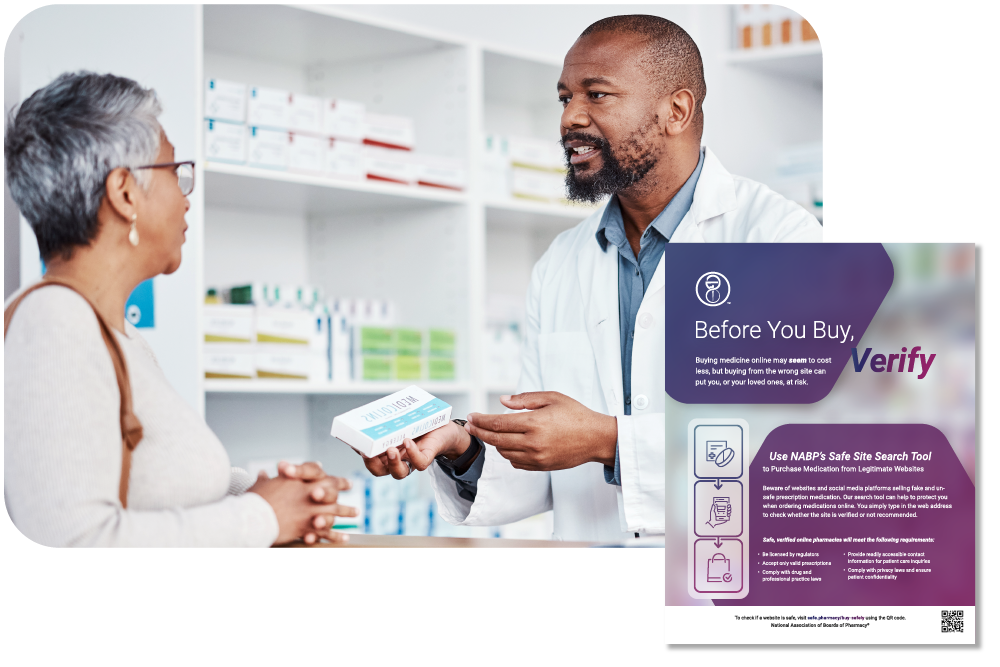Verify the pharmacy’s license. Check the state board of pharmacy website for your state or the relevant licensing authority for the pharmacy’s location. Look for a physical address and contact information. Avoid pharmacies with only a PO Box.
Scrutinize the website’s security. Ensure the site uses HTTPS (look for the padlock icon in your browser’s address bar). Legit pharmacies prioritize your data protection.
Read customer reviews. Trustpilot, Google Reviews, and other review sites offer valuable insights. Focus on recurring themes in positive and negative feedback.
Examine the pharmacy’s accreditation. Look for affiliations with organizations like the National Association of Boards of Pharmacy (NABP) or similar accrediting bodies.
Check the pharmacist’s credentials. Legitimate pharmacies display information about their licensed pharmacists. Verify their credentials with your state board of pharmacy.
Beware of suspiciously low prices. Prices significantly lower than those at traditional pharmacies should raise red flags. Extremely cheap medication may be counterfeit or substandard.
Don’t be swayed by aggressive marketing tactics. Legitimate pharmacies offer clear, factual information without employing high-pressure sales techniques.
Confirm your prescription details. Ensure the pharmacy requests your prescription from your doctor and verifies its authenticity before dispensing medication.
Report suspicious activity. If you encounter a pharmacy exhibiting questionable practices, report them to the appropriate regulatory authorities immediately.
Use caution with international pharmacies. Importing medication without proper authorization can be illegal and dangerous. Prioritize pharmacies within your country’s regulatory framework.



